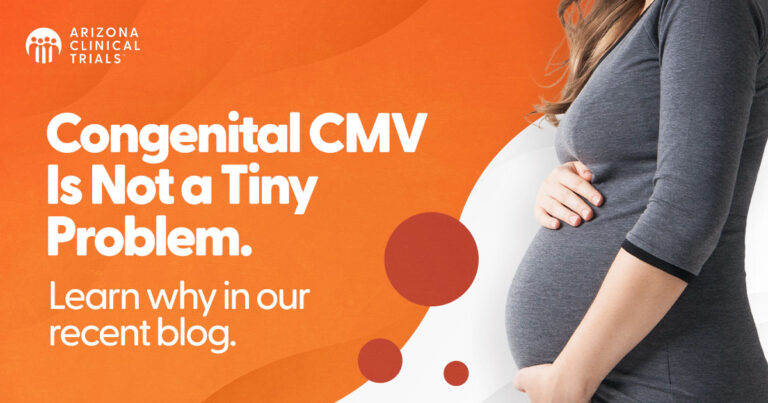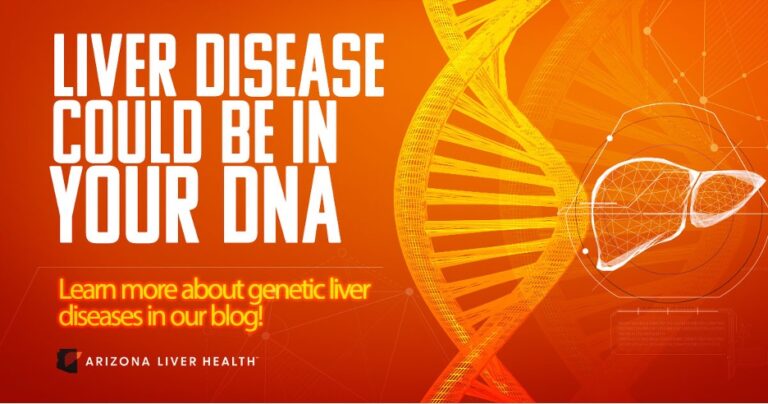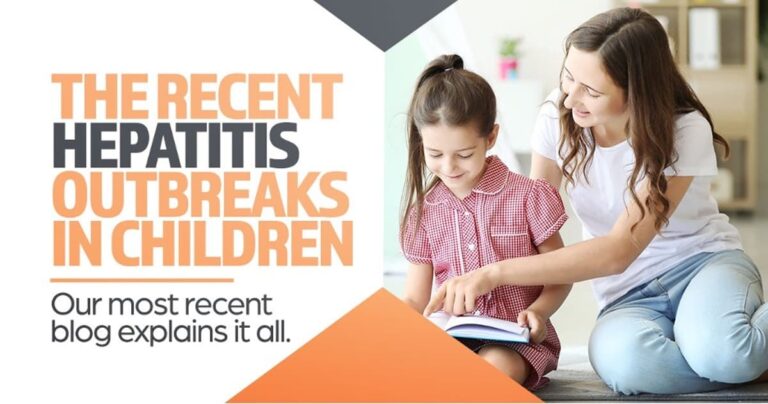
Battling Obesity: The Silent Epidemic and its Health Ramifications
Obesity, a chronic condition characterized by increased body fat, has emerged as a global health crisis. Data from 2017-2018 estimate that approximately 42% of U.S. adults have obesity Obesity is a progressive, relapsing, and treatable multifactorial disease that poses significant threats to a person’s overall health.. In this blog, we delve into the nature of obesity, its association with other health issues such as type 2 diabetes (T2D) and cardiovascular disease (CVD), and the importance of research in addressing this multifaceted condition. Join us as we explore the urgency of understanding obesity and how it impacts our lives. Understanding Obesity: Obesity is a complex condition influenced by various genetic, environmental, and behavioral factors. It occurs when excess body fat promotes adipose tissue dysfunction. Body Mass Index (BMI) is commonly used to classify obesity, with a BMI of 30 or above indicating the condition. The Link with T2D and CVD: Obesity is closely intertwined with a multitude of health problems, particularly T2D and CVD. Excess body fat disrupts the body’s metabolic balance and can lead to insulin resistance, a key driver of T2D. Additionally, the chronic inflammation associated with obesity contributes to the development of cardiovascular complications, including hypertension, congestive heart failure, and thromboembolic events such as stroke or pulmonary embolus. These interrelated conditions create a vicious cycle, where each exacerbates the other, ultimately heightening the risk of life-threatening consequences. The Importance of Research: Obesity’s impact on our community demands research efforts to uncover effective prevention strategies, therapeutic interventions, and improved clinical management. Here’s why clinical research is crucial: Understanding the Underlying Causes: Clinical research can help identify the root causes of obesity, shedding light on genetic, environmental, and socio-economic factors contributing to the condition. By unraveling these intricate connections, researchers can develop targeted interventions and personalized treatments. Developing Effective Interventions: Research endeavors can help pave the way for evidence-based interventions. From behavioral modifications to pharmacological advancements and surgical options, ongoing research aims to improve existing treatments and discover innovative approaches to combating obesity. Empowering Individuals and Communities: Research provides vital knowledge and empowers individuals and communities to make informed choices about their health. By disseminating accurate information and raising awareness, this can aid in promoting healthier lifestyles and combating the obesity epidemic. Obesity is more than just a number on a scale; it is a complex condition with far-reaching consequences. The link between obesity, T2D, and CVD requires research to unravel the underlying causes and develop effective interventions. By fostering a collaborative approach between researchers, healthcare providers, and individuals, we can fight this silent epidemic and pave the way for healthier lives. Because together, we can make a difference. Arizona Clinical Trials is now conducting clinical trials in and around Phoenix and Tucson to help fight these complex diseases. If you or a loved one are living with obesity or type 2 diabetes, click here and sign up to receive more information about local paid research efforts.







